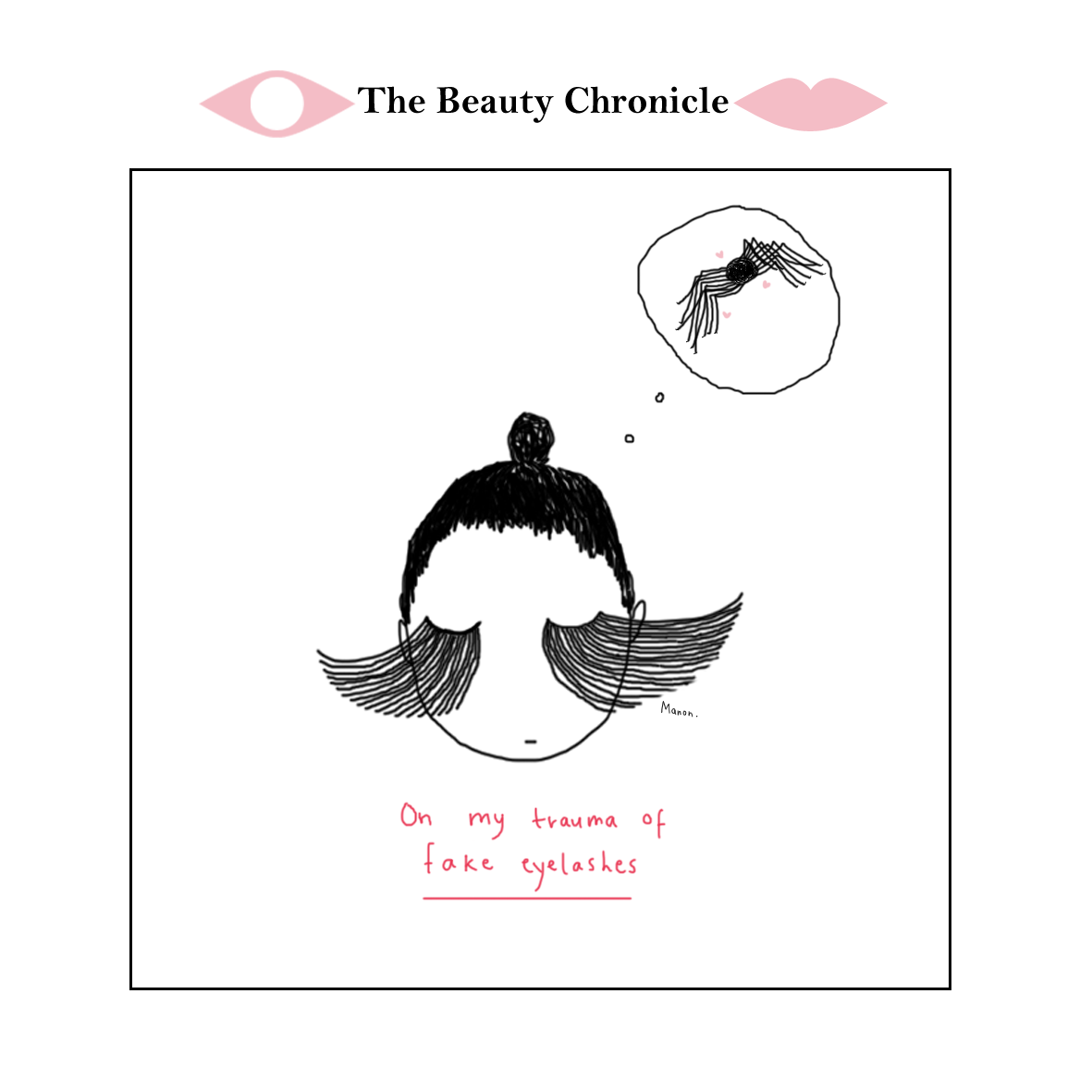 |
| Outlines of Lena Dunham in the series "Girls" (by me) |
Beauty has evolved throughout the years. Hollywood beauty years ago did not resemble what it has become today, just as we do not identify with the Versailles Court's beauty criteria. Indeed, the quest for beauty took an entirely other form. Think of the mouches nobles applied to their face because it complemented their look. Think of corsets that made women have tiny waists, even they had to stop breathing throughout the day. Now issues are not about asphyxiating yourself to look beautiful, or powdering yourself with white, but about anorexia, lack of self-confidence, and other cases of beauty mischiefs.
Thankfully, this era's quest for beauty seems to take a new turn with newly emerged codes and acceptance of the body as it is. Would "As you are" be the new beautiful, at last? While there are still numerous cases of women changing their body to attain an ideal (dictated by Elle or Vogue, but they're not alone, or the show business), there is a growing realization that what may be beautiful is the body left untouched, the natural traits of a person, as polarized from beauty ideals as they may be. There is a new place for curvy, round, for gapped teeth, broad shoulders, small breasts, short legs, for thick eyebrows and long teeth, pale skin, dark skin, crooked smiles and unstoppable freckles, for red, and blue, for uncontrolled blushing and morning eye bags. Sure, it may not be easy at all ages, or in all places. But I feel there is a growing awareness that there are all kinds of beauties, and therefore a multitude of ways to attain this or that physical appearance.
It's a fascinating era, allowing new possibilities for the human body, but more importantly for accepting it the way it was brought onto this Earth. It feels like we can breathe better, up is up and down is down, and being ourselves is more and more embraced. The trends of "stars without makeup" articles or "curvy models" starring in campaigns show more openness about the ideals of beauty. There is also more and more speaking out against photoshopping photos, from various sources such as supermodel Gisele Bundchen, using her powerful status to defend that women should stay "real and raw" when represented. Plus, it seems that imperfections - or at least as they were called out by the beauty industry - are becoming a trend of their own, with models such as Winnie Harlow, Georgia May Jagger or Lindsey Wixson. Embracing your imperfections seems to be all the rage.
This is also why I chose Lena Dunham as a representation for this article. Apart from magazines, TV series are great influencers in our perception of beauty. Therefore, it plays an immense role in the way the quest for beauty evolves. I've come to love the series Girls, in which Lena Dunham stars as the main character, Hannah. This is another representation of the liberalization of the body. Lena does not hesitate to show her body, as different as it is from the mainstream ideals of beauty. In doing so, I believe it is creating a real tank for future changes in the way we pursue beauty and in the way we see ourselves. This is also what the website Herself is trying to achieve, by displaying nude photos of absolutely raw and real women. And this should be the future of beauty: being able to see and appreciate it in everyone, in all its forms.
On that note, feel free to visit The Atlas of Beauty for 27 beautiful portraits of women around the world, and Herself, which attempts to give a new image of women's bodies
And wander off to this song:




